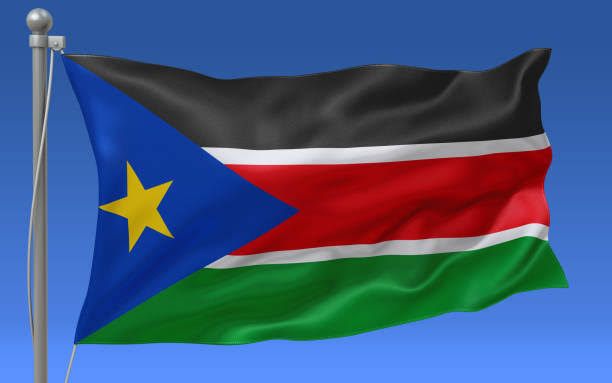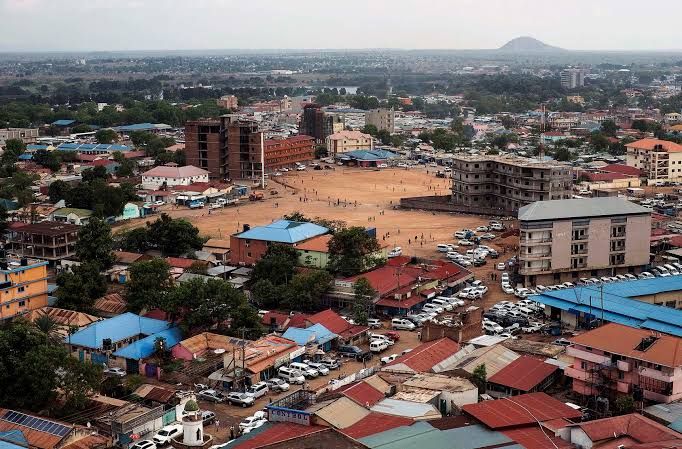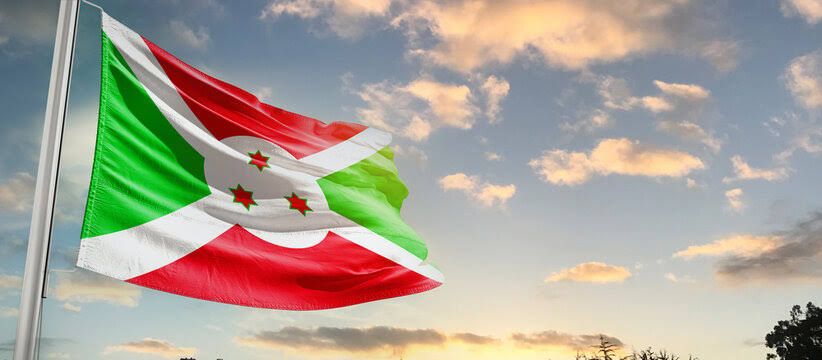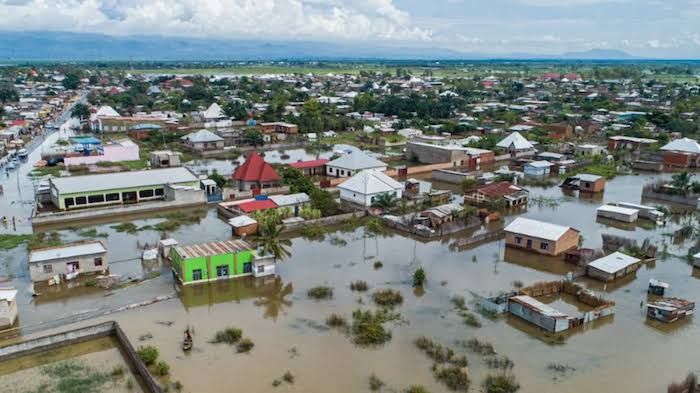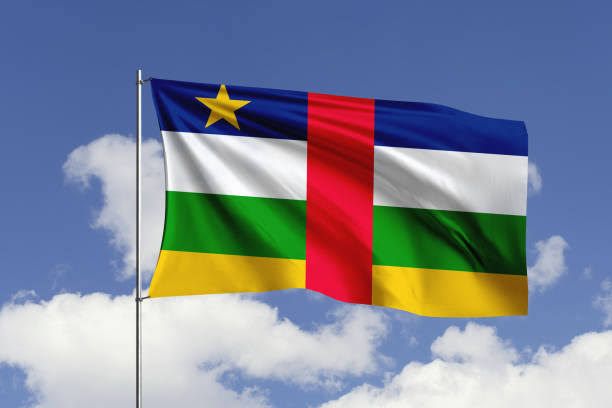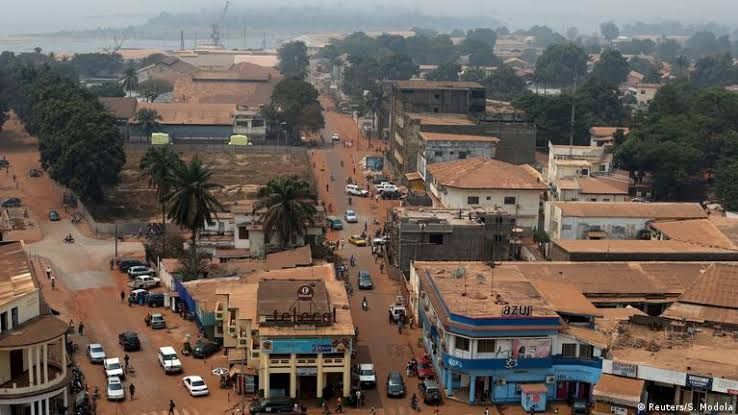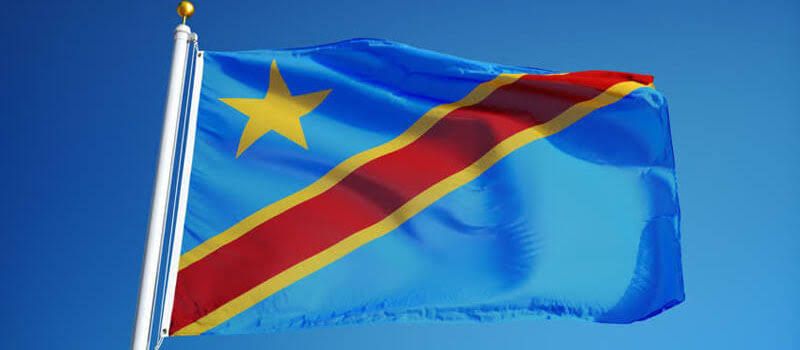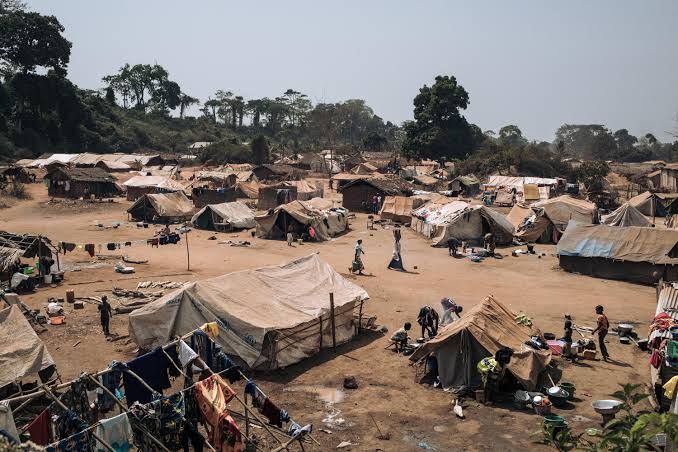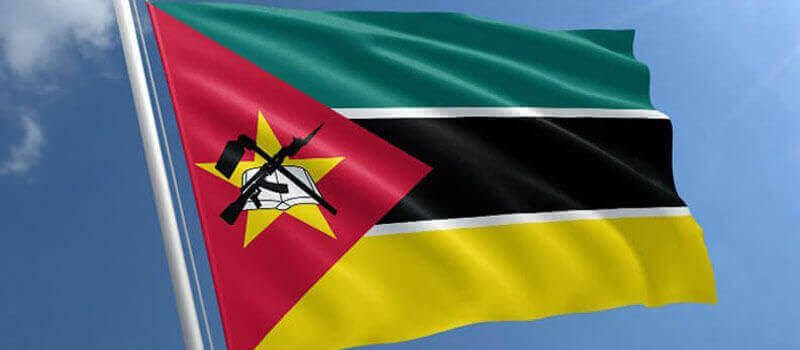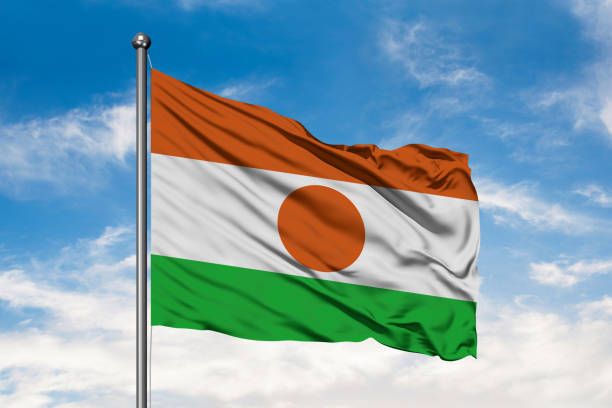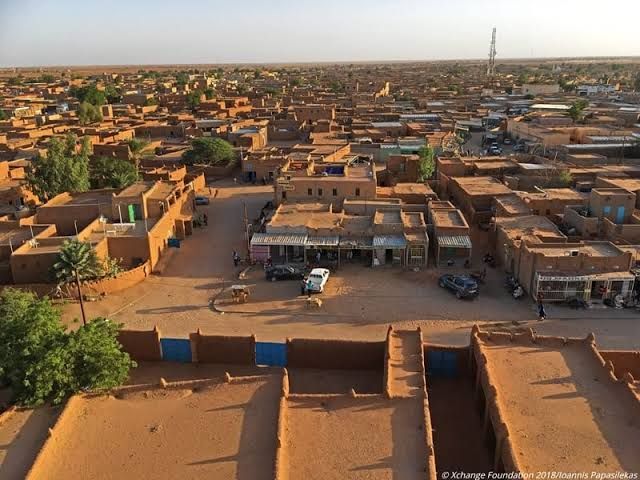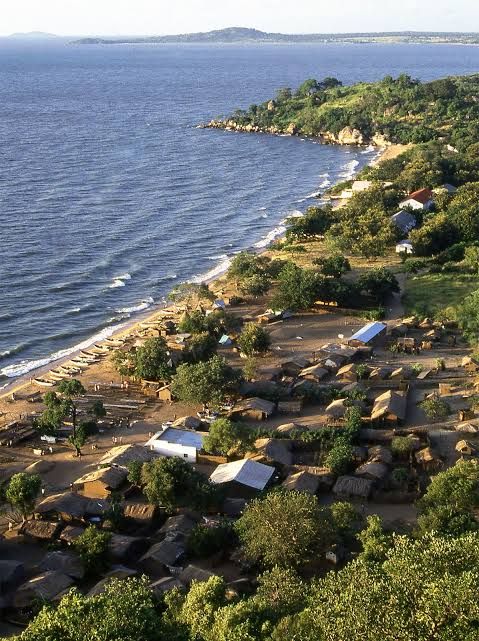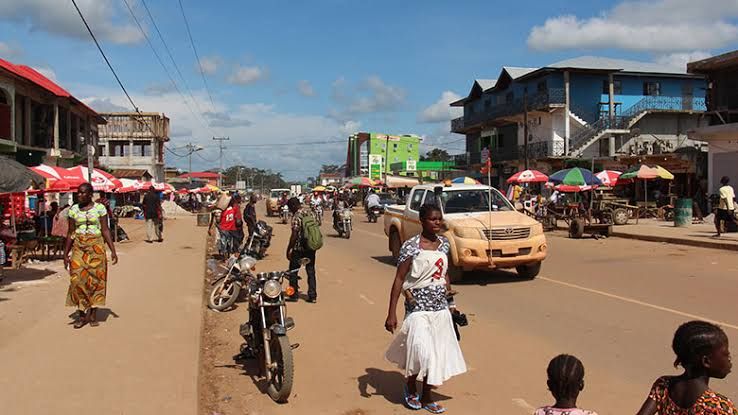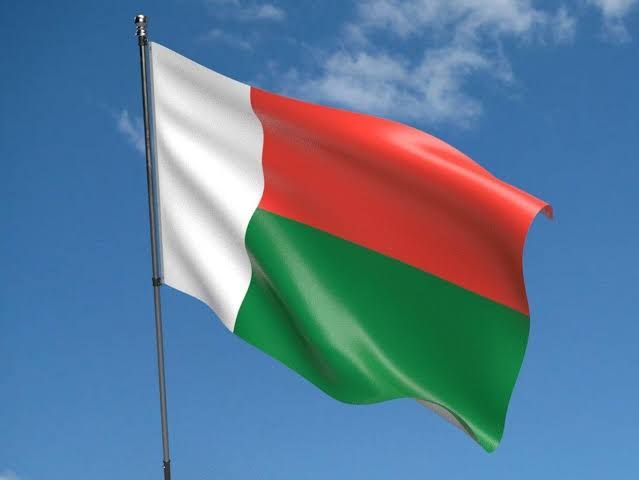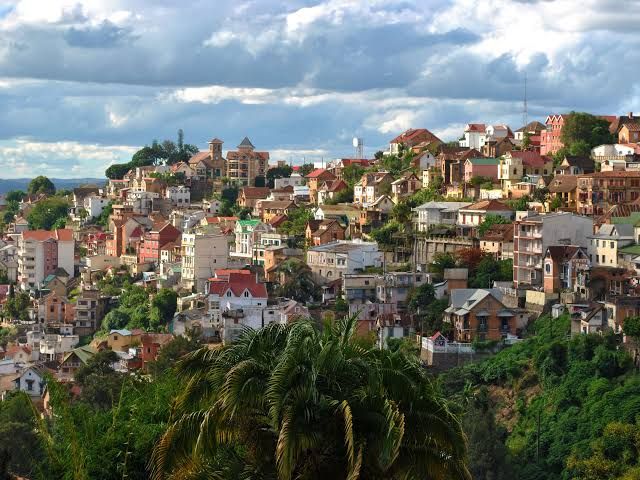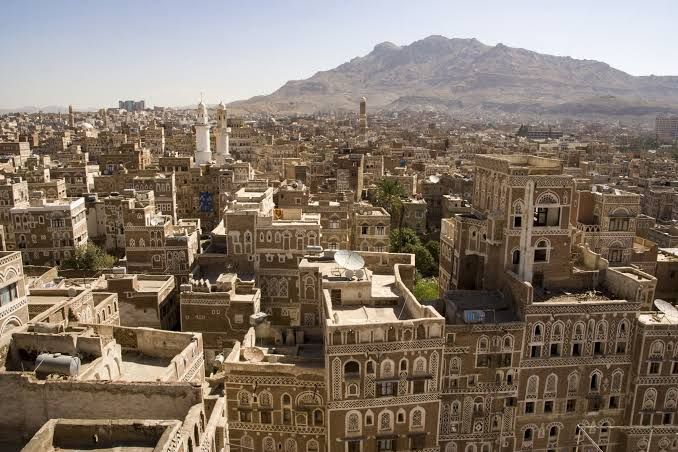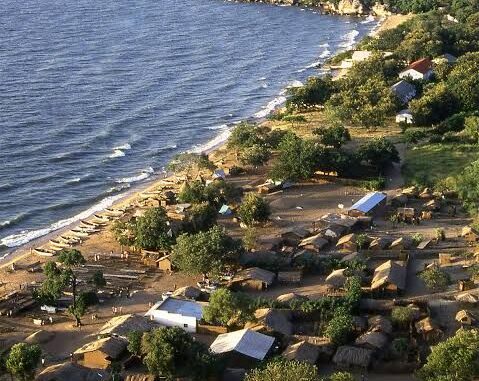
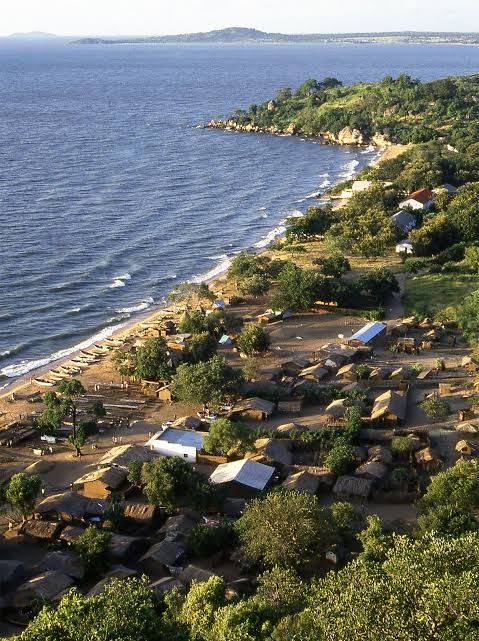

A country’s socioeconomic state, in which people find it difficult to achieve their fundamental needs for subsistence and employment, is commonly used to define poverty. A number of variables affect the welfare of the populace and the state, including the availability of natural resources, the quality of life index, economic growth, and human development. Low standards of healthcare, restricted educational opportunities, unstable political environments, inadequate social protection for the poor, low purchasing power, high death rates, and pervasive unemployment are only a few of the major issues that impoverished nations confront globally.
GDP per capita is a metric used to assess a nation’s economic performance in relation to its population. The formula for calculating it involves dividing the GDP of a certain nation by its total population. It provides us with some understanding of the standard of living in that specific nation. Conversely, the GDP’s changes are measured by the economic growth rate. The unemployment rate, which shows the proportion of the work force that is unemployed right now, is another helpful statistic. Only those who are able to work and of legal working age are considered to be in the labor force.
List Of Top 10 Poorest Countries In The World 2024
1. South Sudan
Since its formation in 2011, South Sudan, the poorest country in the world, has been plagued by war. The landlocked state, home to some 15 million people, is rich in oil deposits and a prime example of the “resource curse,” which holds that plenty breeds inequality, violence, political and social divide, and corruption. The bulk of people work in conventional agriculture, however farmers are frequently prevented from planting or harvesting crops by violent incidents and harsh weather. Over 60% of South Sudan’s population, or 9 million people, are expected to require humanitarian aid this year.
2. Burundi
Tiny landlocked Being the second poorest country in the world, Burundi is mostly due to its lack of natural resources and the scars left by the civil war that raged there from 1993 to 2005. Food insecurity in Burundi is about twice as severe as the average for sub-Saharan African nations, with around 80% of the country’s 13 million inhabitants depending on subsistence farming. In addition, less than 5% of the population has access to electricity, and access to water and sanitation is also extremely limited. As a result of President Evariste Ndayishimiye’s efforts to revive the economy and mend diplomatic ties, financial sanctions were lifted in 2022 and aid from the US and the EU was restored. Regretfully, even though growth is increasing, inflation is expected to reach about 22% this year.
3. Central African Republic (CAR)
The Central African Republic, home to a population of extremely impoverished people despite being rich in gold, oil, uranium, and diamonds, has remained among the world’s poorest nations for the better part of ten years. 2016 saw the Central African Republic democratically elect a president for the first time since gaining independence from France. Faustin Archange Touadéra, a former prime minister and math professor, ran on a platform of bringing peacemakers to reconcile the country’s divided Muslim and Christian populations. Although his election victory has been viewed as a significant step toward the country’s restoration, anti-government and militia organizations continue to hold sway over major portions of the nation. Notwithstanding issues and disappointments, growth has somewhat increased recently, propelled by the forestry sector, the agriculture industry’s resurgence, and the partially restored diamond sales.
4. Democratic Republic of the Congo (DRC)
The Democratic Republic of the Congo (DRC) has consistently ranked among the world’s poorest nations due to decades of violent political unrest, predatory tyranny, and political instability since obtaining independence from Belgium in 1960. Of the 100 million people living in the nation, about 65% make ends meet with less than $2.15 every day. However, the DRC has the capacity to rank among the richest nations in Africa and serve as a catalyst for the continent’s economic growth, according to the World Bank. The nation currently leads Africa in copper output and is the world’s top producer of cobalt, both of which are needed to make electric cars.
5. Mozambique
This former Portuguese colony is strategically positioned, rich in resources, and during the last ten years, it has consistently reported average GDP growth rates of above 7%. However, it is still one of the world’s ten poorest nations, with a number of primary causes including harsh weather and unstable political systems. To make matters worse, the gas-rich northern region of the country has been plagued by attacks since 2017 carried out by Islamic militant groups. Nevertheless, the IMF predicts that the economy is still in high gear, with growth of roughly 5% in 2024 and 2025 and double-digit growth in the latter half of the decade.
6. Niger
Niger faces a threat from desertification since the Sahara Desert covers 80% of its landlocked territory and its population is increasing quickly and depends on small-scale agriculture. Disease and death rates are high, as is food insecurity. Thousands have been displaced by the army’s ongoing battles with Boko Haram, an affiliate of the Islamic State (ISIS). In 2021, Niger experienced its first democratic transfer of power when it elected Mohamed Bazoum, a former interior minister and teacher. By 2022, the economy was growing by 12%, and things seemed to be improving. However, Bazoum’s presidential guard members removed and imprisoned him in the summer of 2023. Since then, the military junta has continued to rule.
7. Malawi
The economy of Malawi, one of the smallest countries in Africa, is heavily reliant on crops that receive rain, making it susceptible to weather-related shocks. The rate of food insecurity in rural areas is rather high. When Malawi separated from Britain in 1964, it has had stable governments. But in 2020, the winning of the general elections by former president Peter Mutharika was declared void by the constitutional court due to vote fraud. After taking over as sworn in, politician and theologian Lazarus Chakwera said he wanted to lead in a way that would ensure everyone prospered, but structural changes have taken a while to come about. Malawi is currently experiencing an economic crisis that has resulted in a severe devaluation of the currency, a spike in food costs, and shortages of petroleum. The World Bank projected that more than 70% of people would be living below the global poverty level in 2023.
8. Liberia
For a long time, the oldest republic in Africa has been one of the world’s poorest nations. When George Weah, a former football player, was elected president in 2018, expectations were high. Instead, the years he spent in power were marked by high unemployment, inflation, and slow economic growth. In a new round of elections in 2023, opposition leader and former vice president Joseph Boakai beat him. Boakai may have it easier than Weah: growth resumed in 2022 following contractions in 2020 and 2021. It is now anticipated to remain above 6% in the upcoming years, reaching roughly 5.3% in 2024.
9. Madagascar
Following its 1960 independence from France, Madagascar has had violent coups, contentious elections, and periods of political unrest. President Andry Rajoelina was elected in 2019 with the goals of eradicating corruption, lowering poverty, and boosting the nation’s economy. For the most part, these proved to be empty promises. At almost 75%, Madagascar continues to have one of the worst percentages of poverty in the world. The country’s growth is still slow, and inflation is close to 8%. Rajoelina was nevertheless re-elected in December 2023. To be fair, the nation also had to deal with an unparalleled set of difficulties. The Covid-19 pandemic’s economic and social effects were exacerbated in 2022 when grain shipments from Ukraine stopped as a result of the Russian invasion, sending food prices through the roof and increasing the island’s population’s suffering. Madagascar is also one of the top 10 most vulnerable nations in the world to climate disasters, with cyclones, floods, and droughts causing deaths, population relocation, and damage to infrastructure, crops, and residences.
10. Yemen
This 35 million-person nation, which is among the poorest on the Arabian Peninsula, has been engulfed in violence since late 2014 as a result of a power struggle between the rebel Houthi movement and the government supported by Saudi Arabia. More than 150,000 people have died in the conflict, which has also devastated the economy and damaged vital infrastructure. Because of this, more than 80% of people in this oil-rich region live in poverty today.
